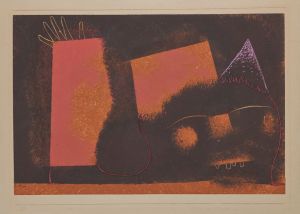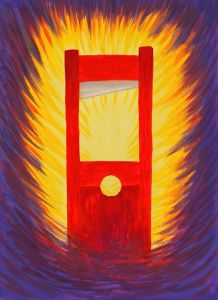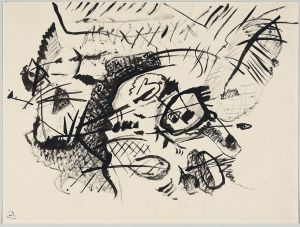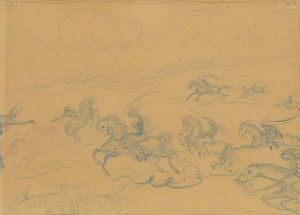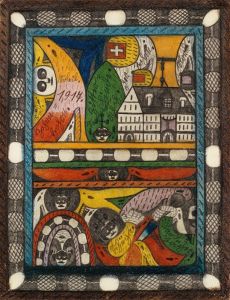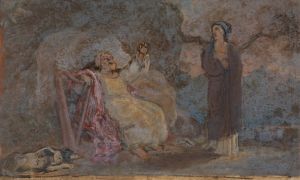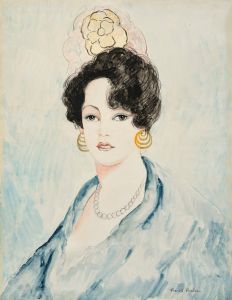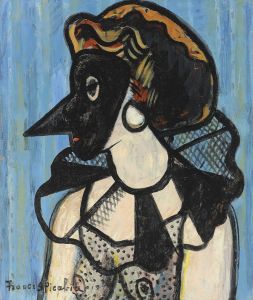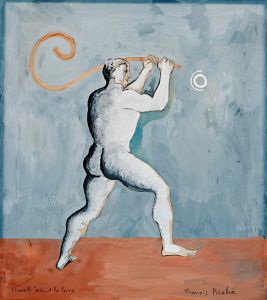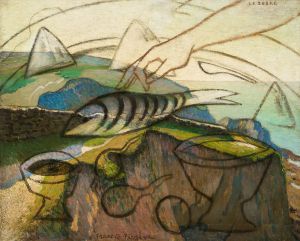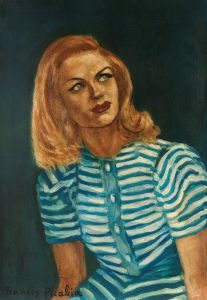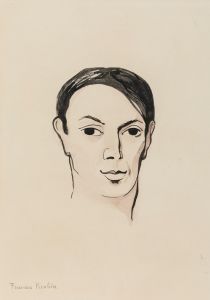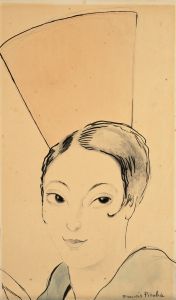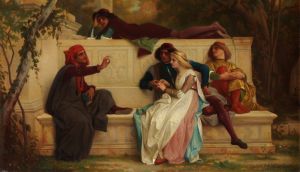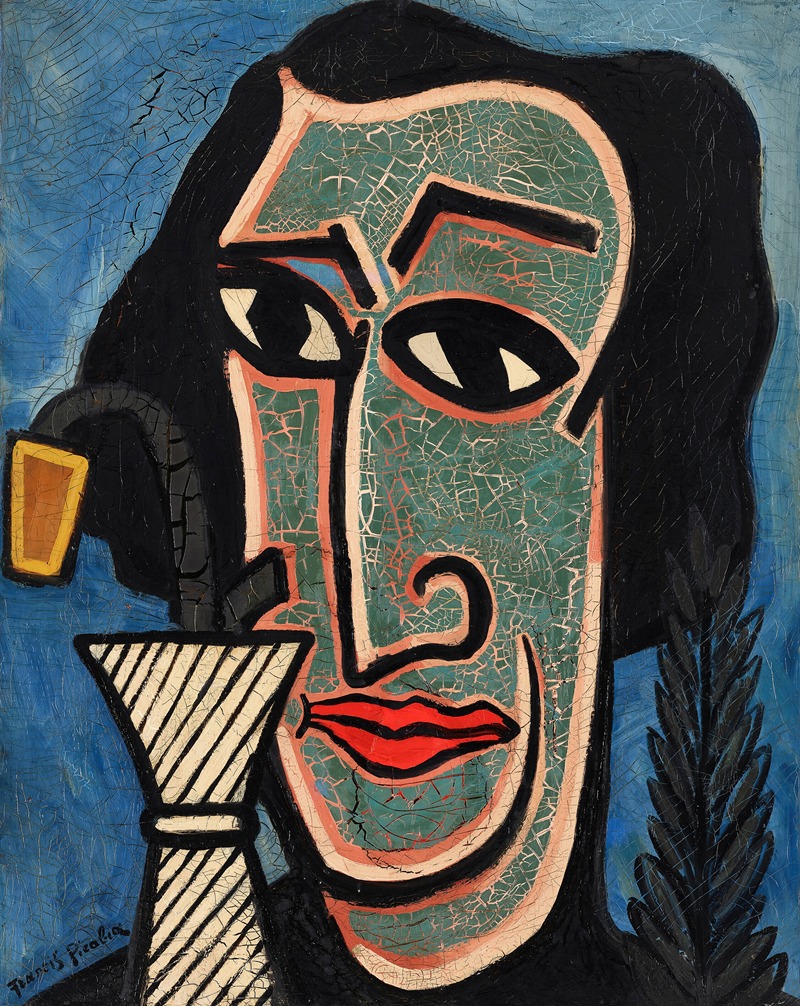
Poète espagnol
A hand-painted replica of Francis Picabia’s masterpiece Poète espagnol, meticulously crafted by professional artists to capture the true essence of the original. Each piece is created with museum-quality canvas and rare mineral pigments, carefully painted by experienced artists with delicate brushstrokes and rich, layered colors to perfectly recreate the texture of the original artwork. Unlike machine-printed reproductions, this hand-painted version brings the painting to life, infused with the artist’s emotions and skill in every stroke. Whether for personal collection or home decoration, it instantly elevates the artistic atmosphere of any space.
Francis Picabia's "Poète espagnol" is a notable work by the French avant-garde artist, who was a pivotal figure in the development of modern art during the early 20th century. Picabia, born in 1879, was known for his involvement in various art movements, including Impressionism, Cubism, Dada, and Surrealism. His work often defied categorization, as he continuously experimented with different styles and techniques throughout his career.
"Poète espagnol" was created during a period when Picabia was deeply engaged with the Dada movement, which he helped to establish alongside artists like Marcel Duchamp and Man Ray. Dada was characterized by its anti-establishment ethos, embracing absurdity and rejecting the traditional values of art. This movement emerged as a reaction to the horrors of World War I, seeking to challenge the societal norms that were believed to have led to such widespread destruction.
The painting "Poète espagnol" reflects Picabia's Dadaist sensibilities, showcasing his interest in subverting conventional artistic practices. While specific details about the painting's composition and style are limited, it is known that Picabia often employed a mix of abstraction and figuration in his works from this period. His paintings frequently incorporated mechanical and industrial imagery, reflecting his fascination with technology and modernity.
Picabia's approach to art was heavily influenced by his interactions with other avant-garde artists and his exposure to various cultural influences. He was known for his eclectic style, which drew from a wide range of sources, including literature, music, and popular culture. This interdisciplinary approach is evident in "Poète espagnol," as Picabia often infused his works with literary and poetic references, blurring the lines between different art forms.
Throughout his career, Picabia was a prolific writer and editor, contributing to several avant-garde publications. His writings often accompanied his artworks, providing insight into his artistic philosophy and the conceptual underpinnings of his creations. This integration of text and image was a hallmark of his practice, emphasizing the interconnectedness of visual and verbal expression.
"Poète espagnol" is emblematic of Picabia's broader artistic trajectory, which was marked by a constant search for new forms of expression. His willingness to embrace change and challenge artistic conventions made him a key figure in the evolution of modern art. Despite the lack of detailed information about this specific painting, it remains an important part of Picabia's oeuvre, reflecting his innovative spirit and his contribution to the avant-garde movement.
In summary, "Poète espagnol" by Francis Picabia is a testament to the artist's dynamic and experimental approach to art-making. While specific details about the painting are scarce, it is representative of Picabia's involvement in the Dada movement and his broader impact on the development of modern art. His legacy continues to influence contemporary artists, and his works are celebrated for their boldness and originality.





